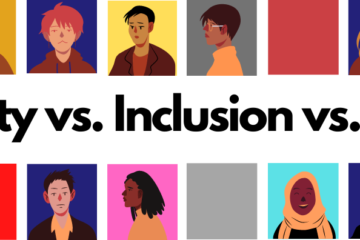The current global economic slowdown is likely to force more workers to accept lower quality, poorly paid jobs that lack job security and social protection, so accentuating inequalities exacerbated by the COVID-19 crisis, according to a new International Labour Organization (ILO) report.
The ILO’s World Employment and Social Outlook: Trends 2023 (WESO Trends), also projects that global employment growth will be only 1.0 percent in 2023, less than half the level in 2022. Global unemployment is slated to rise slightly in 2023, by around 3 million, to 208 million (corresponding to a global unemployment rate of 5.8 percent). The moderate size of this projected increase is largely due to the tight labour supply in high-income countries. This would mark a reversal of the decline in global unemployment seen between 2020-2022. It means that global unemployment will remain 16 million above the pre-crisis benchmark (set in 2019).
In addition to unemployment “job quality remains a key concern”, the report says, adding that “Decent Work is fundamental to social justice”. A decade of progress in poverty reduction faltered during the COVID-19 crisis. Despite a nascent recovery during 2021, the continuing shortage of better job opportunities is likely to worsen, the study says.
The current slowdown means that many workers will have to accept lower-quality jobs, often at very low pay, sometimes with insufficient hours. Furthermore, as prices rise faster than nominal labour incomes, the cost-of-living crisis risks pushing more people into poverty. This trend comes on top of significant declines in income seen during the COVID-19 crisis, which in many countries affected low-income groups worst.
The report also identifies a new, comprehensive measure of the unmet need for employment – the global jobs gap. As well as those who are unemployed, this measure includes people who want employment but are not actively searching for a job, either because they are discouraged or because they have other obligations such as care responsibilities. The global jobs gap stood at 473 million in 2022, around 33 million above the level of 2019.
Stagflation conditions threaten productivity and labour market recovery
The labour market deterioration is mainly due to emerging geopolitical tensions and the Ukraine conflict, uneven pandemic recovery, and continuing bottlenecks in global supply chains, the WESO Trends says. Together, these have created the conditions for stagflation – simultaneously high inflation and low growth – for the first time since the 1970s.
Women and young people are faring significantly worse in labour markets. Globally, the labour force participation rate of women stood at 47.4 percent in 2022, compared with 72.3 percent for men. This 24.9 percentage point gap means that for every economically inactive man, there are two such women.
Young people (aged 15–24) face severe difficulties in finding and keeping decent employment. Their unemployment rate is three times that of adults. More than one-in-five – 23.5 percent – of young people are not in employment, education, or training (NEET).
“The need for more decent work and social justice is clear and urgent,” said ILO Director-General, Gilbert F. Houngbo. “But if we are to meet these multiple challenges, we must work together to create a new global social contract. The ILO will be campaigning for a Global Coalition for Social Justice to build support, create the policies needed, and prepare us for the future of work.”
Significant variations in regional 2023 labour market prospects
In 2023 Africa and the Arab States should see employment growth of around 3 percent or more. However, with their growing working-age populations, both regions are likely to see unemployment rates decline only modestly (from 7.4 to 7.3 percent in Africa and 8.5 to 8.2 percent in the Arab States).
In Asia and the Pacific and Latin America and the Caribbean, annual employment growth is projected to be around 1 percent. In Northern America there will be few or no employment gains in 2023 and unemployment will pick up, says the report.
Europe and Central Asia are particularly hard hit by the economic fallout from the Ukraine conflict. But while employment is projected to decline in 2023, their unemployment rates should increase only slightly given the backdrop of limited growth in the working-age population.



0 Comments